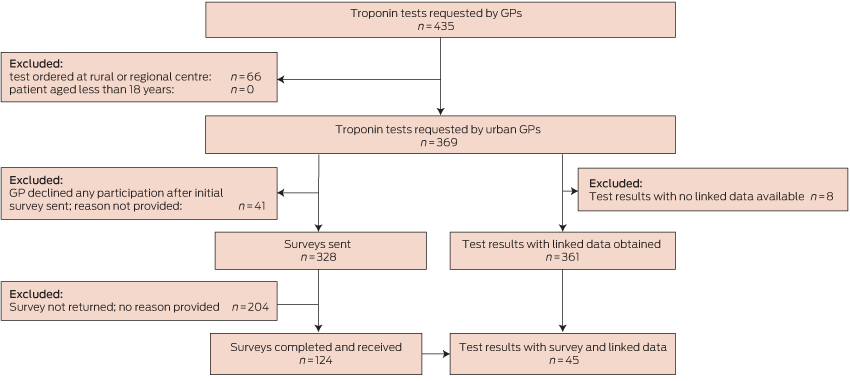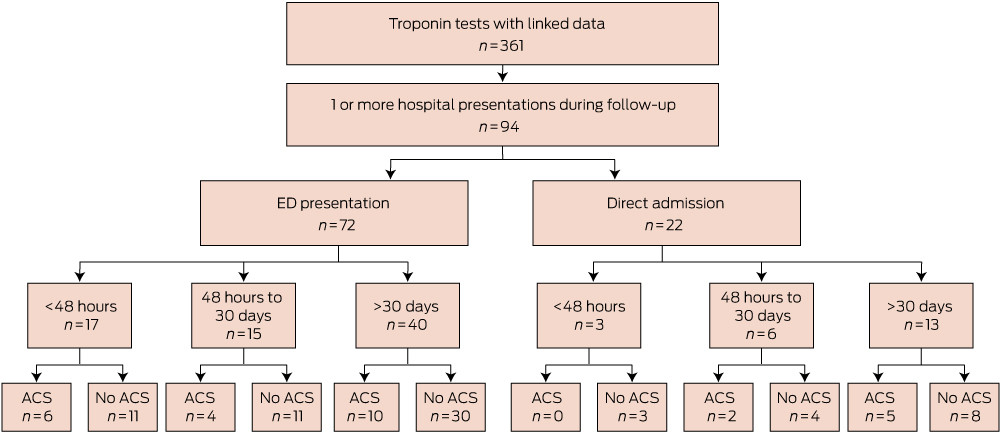Your AMA has been active on policy and in the media on a range of issues crucial to making our health system better. Below is a snapshot of recent media coverage.
Print/Online
Baby shaking on par with road toll, The Australian, 10 September 2015
New research shows shaking kills as many Australian babies and toddlers as car crashes. AMA President Professor Brian Owler said The Children’s Hospital at Westmead in Sydney was treating a case every month.
AMA urges surgeons to cut bullying, The Age, 11 September 2015
A Sydney senior surgeon whose comments on sexual harassment helped draw attention to widespread bullying in the profession has warned that it will be difficult to fix the problem. AMA President Professor Owler said it would be up to the current generation of surgeons to ‘‘break the cycle’’ of bullying, harassment, and discrimination in the profession.
Calling for review of health fund crisis, The Daily Telegraph, 12 September 2015
Health bodies are demanding a radical review of the private health system as health fund premiums skyrocket, hospital price gouge, and funds slash benefits. AMA President Professor Brian Owler demanded Federal Government intervention as he revealed NIB had removed more than 225 items from its schedule of medical benefits.
Boxer dies after title fight at RSL club, Sydney Morning Herald, 16 September 2015
A 28-year-old Australian boxer has died in a Sydney hospital after being knocked out in an IBF regional title fight. The AMA has released a position statement calling on boxing to be banned from the Olympic Games and the Commonwealth Games.
Medicare review placates AMA by agreeing to stagger changes, The Australian, 17 September 2015
The powerful AMA has won an early concession out of much-anticipated Medicare reforms, with the head of a review taskforce agreeing that recommend changes should be staggered to protect doctor and practice incomes.
‘Junk policies’: the private health cover ripoff, Sydney Morning Herald, 24 September 2015
Fewer than half of all private health insurance policies offer adequate cover for private hospital care, and many patients have no idea what their insurance includes, new figures show. AMA President Professor Brian Owler said policies that insured private patients in only public hospitals were junk policies and should not be allowed.
$20bn addiction to Medicare, Adelaide Advertiser, 28 September 2015
The cost of procedures covered by the Medicare Benefits Schedule has more than doubled to $20 billion a year over the past decade despite much smaller increases to Australia’s population. AMA President Professor Brian Owler said he agreed that Medicare needed to be modernised.
Authorisation to sedate ice addicts welcomed by the AMA, The Age, 28 September 2015
The AMA has welcomed new powers for emergency doctors and nurses to subdue violent ice addicts. AMA president Professor Brian Owler said doctors had already called for all hospitals to have appropriate security to deal with the increasing number of patients affected by ice.
BUPA, nib, Medibank back health review, Australian Financial Review, 29 September 2015
Health Minister Sussan Ley has dismissed the doctors’ lobby’s objections to a review of Medicare, saying the health care system is plagued by ineffective and unnecessary medical procedures and desperately needs reform. AMA President Professor Brian Owler accused Ms Ley of using the review to “cut health funding and health services” and “publicly attack the medical profession”.
Playing doctors and curses, Courier Mail, 29 September 2015
The Turnbull Government has cautioned patients against diagnosing themselves on “Dr Google” and then demanding unnecessary and costly treatments from medicos. AMA president Professor Brian Owler said it was wrong to attack doctors to try to justify cuts to Medicare.
Fees for all finished as uni plan gets the third degree, Adelaide Advertiser, 2 October 2015
Tony Abbott and Christopher Pyne’s controversial plan to allow universities to set their own fees has been dumped, in one of the first major policy shifts of the new Turnball Government. AMA president Professor Brian Owler welcomed the decision, and called on the Government to give students more certainty that degrees will not be priced out of reach.
Backing for RCH doctors, The Herald Sun, 12 October 2015
Victoria’s Health Minister Jill Hennessy has led a resounding show of support for the Royal Children’s Hospital’s demands that children be removed from immigration detention centres. AMA President, Professor Brian Owler, urged Mr Turnbull and Immigration Minister Peter Dutton to intervene.
Surgeon’s road safety plea, The Daily Telegraph, 17 October 2015
AMA President Professor Brian Owler said every new car should by law have autonomous emergency braking to stop rear-end car crashes.
Brain-injury teen stranded by beds deficit, Canberra Times, 23 October 2015
A teenage boy with a critical brain injury was blocked access to the Sydney Children’s Hospital for four days because there were not enough beds, his family was told. AMA President Professor Brian Owler said the incident highlighted that there was an issue with capacity in paediatric hospitals, both at Westmead and the Sydney Children’s Hospital.
Doctors resist camp return of asylum pair, The Age, 12 October 2015
Doctors at Melbourne’s Royal Children’s Hospital refused to discharge an asylum seeker and her child because the immigration department would have sent them back to detention at the expense of their health. AMA Vice President Dr Stephen Parnis said the association had a fundamental problem with keeping children in detention, and had been urging governments to look for any alternative to it for years.
Codeine medicines to be prescription-only next year, The Age, 2 October 2015
Common painkillers such as Nurofen Plus and Panadeine could soon require a doctor’s prescription after a shock decision by Australia’s drug regulator. AMA Vice President Dr Stephen Parnis backed the TGA’s judgement.
Radio
Professor Brian Owler, 2UE Sydney, 10 September 2015
AMA President Professor Brian Owler discussed new research which indicated that shaking kills as many Australian babies and toddlers as car crashes. Professor Owler said the Westmead Children’s’ Hospital treated a case every month.
Professor Brian Owler, 2UE Sydney, 28 September 2015
AMA President Professor Brian Owler talked through his concerns about the upcoming Medicare review and the approach that the Government was taking. Professor Owler believed it would lead to a cut to the number of services patients can access.
Professor Brian Owler, Radio National, 1 October 2015
AMA President Professor Brian Owler talked about the Turnbull Government shaking up the Medicare Benefits Schedule, with Health Minister Sussan Ley launching consultations on a review of nearly 6000 taxpayer-subsidised items on the schedule
Dr Stephen Parnis, 774 ABC Melbourne, 2 October 2015
AMA Vice President Dr Stephen Parnis talked about the rules changing around getting codeine from the chemists. Dr Parnis said the TGA, which determines what things need to put on prescription, has had an inquiry about over-the-counter medications which contain codeine.
Dr Brian Morton, ABC Gippsland, 7 October
AMA Chair of General Practice Dr Brian Morton talked about Mental Health Day and said that all employees were allowed to have ten sick days per year. Dr Morton said but it will still depend on the reason and what you will do with the sick days you will take.
Dr Stephen Parnis, 612 ABC Brisbane, 9 October 2015
AMA Vice President Dr Stephen Parnis discussed calls from health academics to ban energy drinks for people younger than 18 years of age. Dr Parnis said stimulants in the products could cause heart rates to reach dangerously high levels, arrhythmias, problems to blood vessels, difficulties sleeping or anxiety.
Dr Stephen Parnis, 3AW Melbourne, 11 October 2015
AMA Vice President Dr Stephen Parnis talked about Royal Children’s Hospital doctors protesting the detention of children in Australian detention centre. Dr Parnis said the AMA is very supportive of getting all children out of immigration detention and says they can’t see any good coming out of the situation.
Dr Brian Morton, Radio National. 21 October 2015
AMA Chair of General Practice Dr Brian Morton talked about the idea of shared doctor appointments. Dr Morton said privacy could be an issue in shared appointments.
Professor Brian Owler, ABC NewsRadio, 23 October 2015
AMA President Professor Brian Owler talked about a new domestic violence campaign being launched by the AMA. Professor Owler said doctors are being encouraged to report domestic violence.
Professor Brian Owler, 2UE Sydney, 23 October 2015
AMA President Professor Brian Owler discussed the Sydney Children’s Hospital turning away a teenage boy with a brain injury because there were not enough beds.
Television
Professor Brian Owler, Sky News Sydney, 27 September 2015
AMA President Professor Brian Owler talked about the Federal Government reviewing the Medicare system. Dr Owler said the AMA were willing to engage with the Federal Government, but says their discussion paper does not allow new procedures to be added.
Professor Brian Owler, Channel 9, 12 October 2015
AMA President Professor Brian Owler speaks to the Today Show about the Royal Children’s Hospital in Melbourne remaining locked in a bitter dispute with the Federal Government over their refusal to discharge asylum seeker children.
Professor Brian Owler, ABC News 24, 23 October 2015
AMA President Professor Brian Owler talked about the AMA launching a new domestic violence campaign, including a video encouraging patients to confide in their GPs. Professor Owler said there were “far too many” cases of domestic violence, affecting both women and children.
Dr Stephen Parnis, ABC News 24, 28 September 2015
AMA Vice President Dr Stephen Parnis discussed a Four Corners investigation that claimed the medical profession was over-servicing patients and ordering wasteful and potentially dangerous scans. Dr Parnis denied that doctors were over-servicing, but said there was a lot the AMA agrees with when it comes to more judicious care.

 more_vert
more_vert
